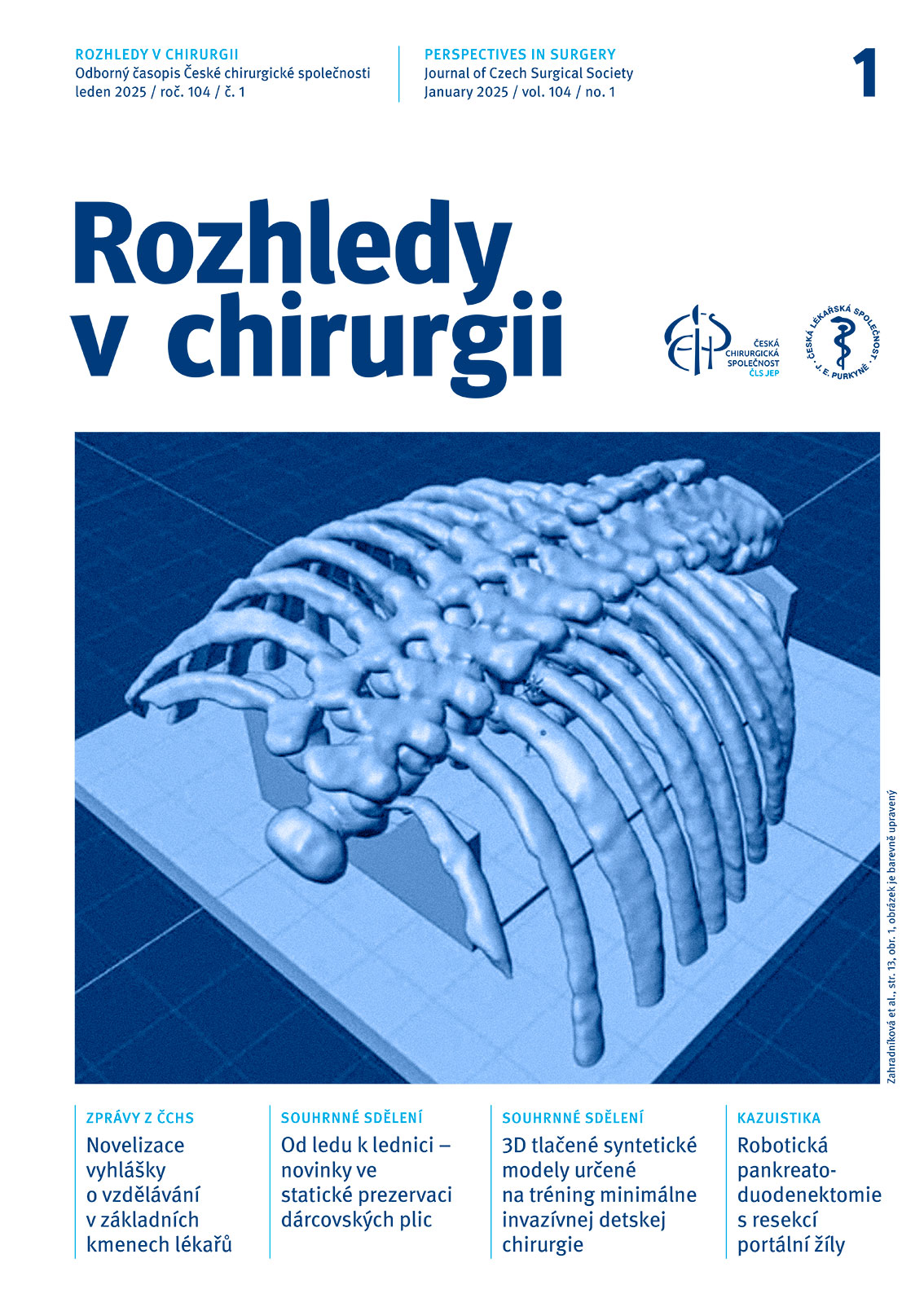Abstract
Pediatric surgery is a medical specialty focused on the diagnosis, treatment, and postoperative care of children with congenital and acquired anomalies and diseases. The goal of pediatric surgeons is to ensure that children receive the best possible care while minimizing the risks and complications associated with surgical procedures. Contemporary pediatric surgeons face many challenges, including a decline in the number of children with congenital developmental defects, economic pressures, and efforts to increase efficiency, leading to reduced time spent on individual surgeries. This can limit the opportunity for thorough training of young surgeons. These challenges require innovative approaches and continuous improvement in educational and training methods. Minimally invasive surgery has become a significant part of pediatric surgery, offering benefits such as faster recovery, smaller surgical wounds, and lower risk of infection. However, minimally invasive pediatric surgery is technically demanding and requires excellent technical skills. The need to maintain and improve surgical skills demands ongoing training. Current educational methods increasingly rely on simulation technologies to enhance the quality and safety of training without risk to patients. The integration of 3D printing technology and imaging data from CT and MRI scans has opened new possibilities for creating highly realistic simulation models for minimally invasive surgery. These models accurately replicate the environment encountered in procedures like neonatal surgery. In this article, we present our experience with the development and creation of 3D-printed synthetic models designed for training thoracoscopic surgery of esophageal atresia with tracheoesophageal fistula. The aim of this review article is to provide an up-to-date overview of the literature on synthetic 3D-printed models designed for training in minimally invasive pediatric surgery.
doi: 10.48095/ccrvch202511


